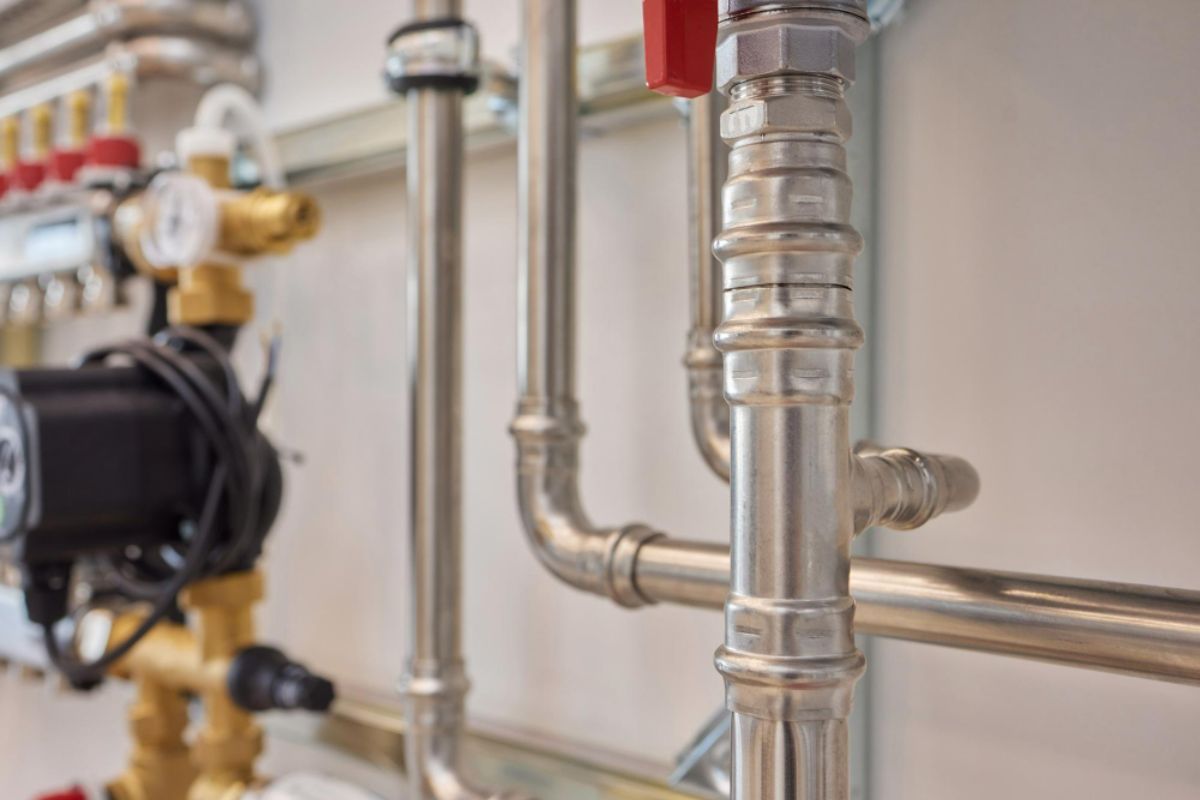In the rapidly evolving world of automation, smart valve flow automation stands as a groundbreaking innovation. This technology is reshaping how industries manage and control fluid flow, leading to improved efficiency and sustainability. Let’s dive deep into the world of smart valves, understanding their significance and impact.

What Are Smart Valves?
The term smart valves refers to valves equipped with sensors, actuators, and control systems, allowing them to autonomously adjust flow rates. These devices are at the forefront of industrial automation, offering real-time data and precise control.
Components of Smart Valves
Smart valves integrate several technologies, including:
- Sensors: for detecting flow rate, pressure, and temperature
- Actuators: for adjusting the valve position based on sensor data
- Control Units: processors that analyze sensor inputs and dictate actuator responses
Advantages of Smart Valve Flow Automation
The integration of flow automation offers numerous benefits:
Increased Efficiency
Automation reduces human intervention, minimizing errors and optimizing fluid flow. This leads to enhanced operational efficiency.
Cost Reduction
By optimizing processes, companies can significantly cut energy costs and reduce wear and tear, extending the lifespan of equipment.
Improved Safety
Smart valves can detect anomalies and adjust operations, preventing accidents and ensuring safety in potentially hazardous environments.
Applications of Smart Valve Flow Automation
This technology finds applications across various sectors:
Industrial Manufacturing
Automation in manufacturing ensures precision and quality control, especially in processes like chemical mixing and fluid handling.
Water Treatment
In water treatment facilities, smart valves optimize the flow and pressure of water, ensuring purification processes are efficient.
Oil and Gas
The oil and gas industry relies on automation for pipeline flow management, ensuring safety and minimizing environmental impact.
How Does It Work?
The integration of sensors and control systems enables smart valves to function efficiently. Sensors monitor fluid conditions, and control systems process this data to adjust valve positions accordingly. Visit the valve sensor system to learn more about this intricate process.
Challenges and Solutions
While flow automation presents numerous benefits, it also comes with challenges such as high initial costs and the need for technical expertise. However, long-term savings and improved process control often outweigh these initial hurdles.
Overcoming Initial Costs
Investments in technology might seem daunting, but the returns in efficiency and reduced operational costs justify the expenditure.
Training and Expertise
Adopting new technology requires skilled professionals, highlighting the need for continuous training and development within organizations.
The Future of Smart Valve Flow Automation
As technology advances, smart valves will become more integrated into industrial processes. Innovations like app-controlled valves are paving the way for seamless integration and remote control capabilities.
Integration with IoT
As part of the Internet of Things (IoT), smart valves can connect with other devices, providing cohesive system management and data analysis.
Adapting to Industry Trends
The advent of Industry 4.0 emphasizes automation and data exchange, with smart valves playing a crucial role in this transformation. Check out this resource for more insights on their role in Industry 4.0.
Conclusion
The world of smart valve flow automation is an exciting frontier in industrial innovation. By embracing this technology, industries can achieve unprecedented efficiency, safety, and sustainability. As we look to the future, these intelligent systems will undoubtedly play a pivotal role in shaping the industrial landscape. For more detailed information on voice-controlled technologies, visit our section on voice assistant valves.

FAQs
What is the primary function of a smart valve?
A smart valve’s primary function is to automatically adjust fluid flow based on real-time data, enhancing process efficiency and safety.
How do smart valves integrate with existing systems?
Smart valves can seamlessly integrate with existing systems using IoT technology, allowing for centralized control and data analysis.
Are there cost benefits to using smart valves?
Yes, while the initial investment may be high, the long-term savings through energy efficiency and reduced maintenance costs make them economically viable.
This article contains affiliate links. We may earn a commission at no extra cost to you.



